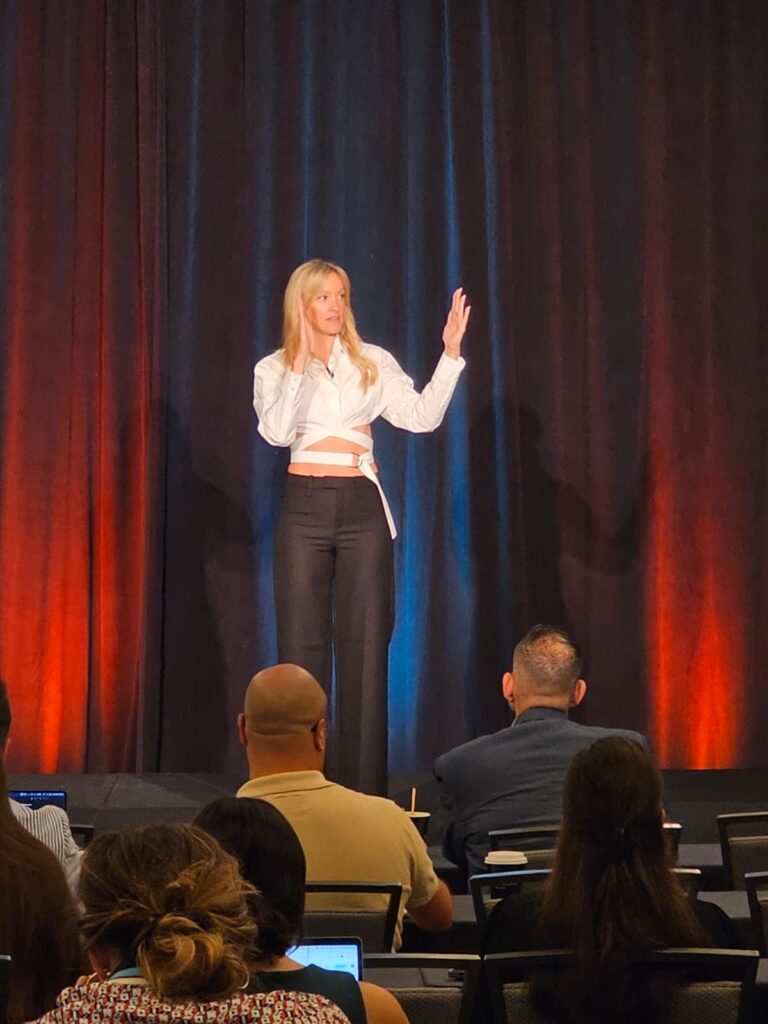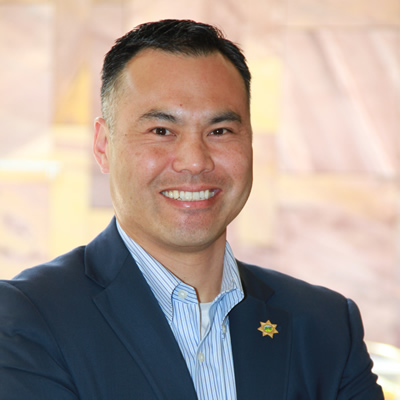In a recent roundtable discussion with Crisis Ready® Community members, the conversation around best practices for strategic communication led to a moment in which we began to examine how these best practices are not just designed, but maintained and, better yet, adopted and upheld beyond the scope of one company or agency.
The term was Communication Culture. And while there are many ways to talk about the product of a communication culture, to truly understand its value, we must first look at the root of what that culture is, how it functions, and how it serves.
What is a Communication Culture?
A Communication Culture is an ecosystem that fosters constructive conversation that empowers people to continually elevate the way in which they think, feel, and connect.
What a Communication Culture is and is not
A Communication Culture…
is not a byproduct of workflow systems or an output of an engineering process.
is a living, breathing, growing space that needs to be nurtured and cared for, much like the humans that reside within it.
is not a nebulous space that is conceptual in nature.
is, in fact, a very real arena — and beginning to cultivate this arena does not need to be a daunting undertaking.
For example, by adopting an open-flow communication practice, such as an open-door policy where those walking by your office can actually see you, you are physically manifesting a mindset and understanding that you are accessible. And accessibility to you, and to the organization, breeds a sense of understanding that transparency of the work, and the value of connection, is ever-present.
“The art of communication is the language of leadership.”
– James Humes
How to begin creating a viable Communication Culture
It begins by first understanding what your current culture around communication is (e.g., is it open? Is it accepted and encouraged? By whom? Where might the blocks be and what are their impacts?) and then committing to finding small opportunities to “open” it further, both internally and externally.
Only when the care and consideration of communication is regularly and purposefully fostered can the culture achieve a level of understanding and acceptance as being ‘the norm’ rather than ‘the exception.’ That normalization of said culture is what we must aim to achieve on a regular basis if we want to thrive, not just survive, in this modern era. Not surprisingly, it is also one of the fundamental components of achieving sustained Crisis Readiness.
How can a Communication Culture be accomplished?
As a leader, you can elevate the ingenuity of your communication culture through multiple access points. For example, being physically present is one avenue — and an important one at that — that continually needs to be adapted to your current ecosystem.
But how do you work to create a space where you are physically present in a world that has gone digital, where people primarily connect in digital spaces? Creating the opportunity to have direct access through message channels where you have committed your presence is one way to accomplish this.
And don’t stop there.
Commit to creating regular updates, such as through email, on what is going on throughout the organization. The more cross-organizational awareness you create regarding the brand’s accomplishments, updates, and progress of the various units and activities that make up your agency or company, the more people will feel a sense of belonging and investment in the overall health of the organization. Inevitably, this translates into a culture of connection that negates the idea that divisions, departments, and units are siloed from one another.
The more you can stimulate interconnectivity, the more you are beneficially feeding your communicative environment. And this undertaking needs to both start from, and be supported by, the top.
Advocacy for connection breeds encouragement for the whole to work together to build a better ecosystem of communication channels, ideas, and knowledge transference. The goal is to have more people feel they can exchange not just across the aisle, but up and down the chain.
Sustaining the viability of your Communication Culture
To truly be able to construct and create a viable communication culture, companies, organizations, and agencies must champion the effort to sustain it. But, how is a communication culture championed?
First and foremost, it must be a mentality that is a foundational value, rather than a checked box off the to-do list that is only known about by a select few. The belief that communication is an invaluable asset to the essence of what an organization is and how it progresses must be something that is inherently believed and flows from the top down.
In other words, the buy-in has to exist on all levels.
This belief and the subsequent practices must also be engaged every day through execution, conversation, collaboration, and cross-promotion. To normalize such a culture is to ensure it is an inherent conviction in all those who work to build it up and to build it out on a daily basis. Such core credence creates a team effort that all have an ability to achieve higher standards, greater returns, and bigger rewards because they are strengthening the system together.
From in to out, how a Communication Culture benefits all levels of stakeholder relations and crisis resilience
With these efforts, a paradigm shift forward internally won’t just occur, but an external one will as well. Engagement across platforms, units, and divisions breaks down silos that could hinder further success, and builds up transparency and trust among employees, communities, and stakeholders.
Now imagine what that looks like for external audiences — those who don’t just buy your product or service, but believe in it. When organizations engage, they aren’t just establishing conversation, they are positioning themselves to make concerted effort to educate, to follow-up, and to create an understanding that the opportunity for conversation is always present.
This means that, by stimulating an effort internally to communicate, you also need to adapt your external information dissemination to reflect such values.
When there is a feeling of true connection and accessibility, you aren’t just building up belief in what you’ve created, you are creating something far more valuable: trust and transparency.
Those two commodities are rare, and they are without question two of the most valuable components a company could possess, particularly in crisis. When an organization has trust and transparency that they have built up over time — earned over time — with their audiences, they gain otherwise challenging advantages such as the luxury of time and the benefit of the doubt at the onset of a challenge, be it an issue or a crisis.
This earned commodity of time provides the opportunity to evolve a meaningful crisis response strategy; offers the opportunity to have meaningful dialog with stakeholders, both internally and externally; and most importantly, fosters a meaningful space to heal and grow together.
Moving the needle forward: Designing best practice application for a viable Communication Culture
We’re inviting you to be a part of the solution!
In order for today’s organizations to thrive through this new era of change and challenge, we need to raise the bar of what “best practice” needs to be and how to attain it. This is one of the reasons why Crisis Ready® Institute was founded — and we would love for you to be a part of the development and integration of this mission.
Crisis Ready® Institute, in collaboration with the Crisis Ready® Community, are working to put together a Communication Culture Best Practice Guideline. One of our first steps in this process is to gather insight into how today’s organizations approach internal communication, and how that directly impacts everything from their workplace morale, productivity, and inclusivity, straight through to their external relationships, brand equity and crisis readiness.
Whether you’re a professional working for an organization or a consultant working with many, we need your help to gather this information.
Help shape the future of communication best practice by taking this survey and providing us with your insight and your voice.
Tune in to learn more
Katie Nelson and Melissa Agnes hosted a LinkedIn Live to discuss more about this initiative. Tune in here:
I am the Social Media + Public Relations Coordinator for the Mountain View Police Department in northern California. I specialize in social media management, speaking across the country on social media best practices, crisis communications and forming positive working relationships between law enforcement and the media.
Before joining MVPD, I worked as a public safety reporter for papers including the San Jose Mercury News, the East Bay Times and the San Francisco Chronicle. Published nationally, I was an award-winning journalist for my breaking news coverage of the Asiana Airlines crash at San Francisco International Airport and my investigative work on the state Department of Social Services led to major legislative reform to protect elderly residents in California.










